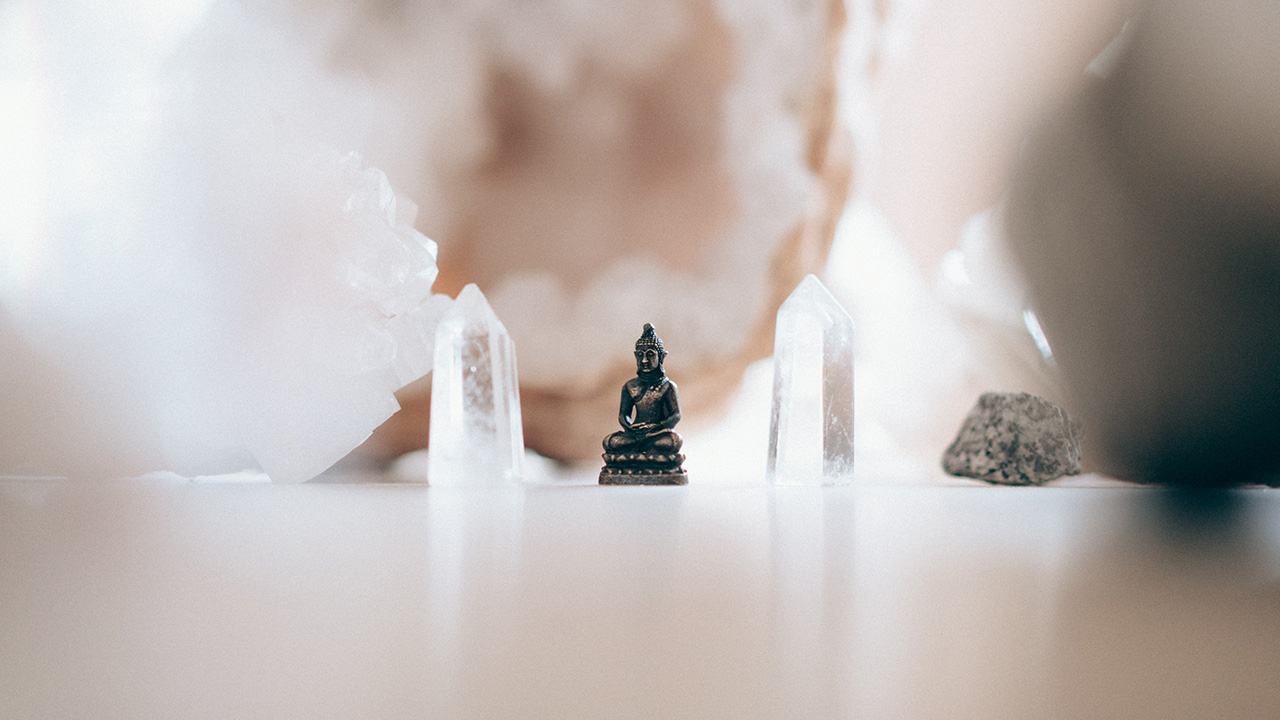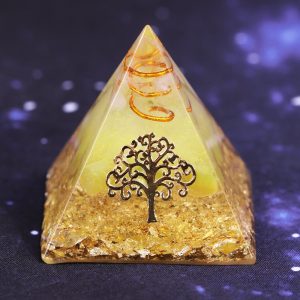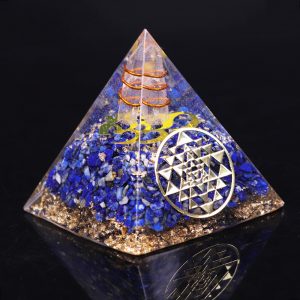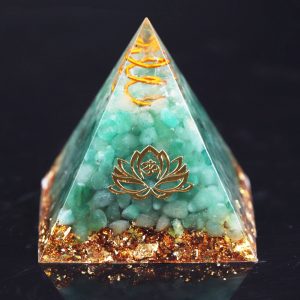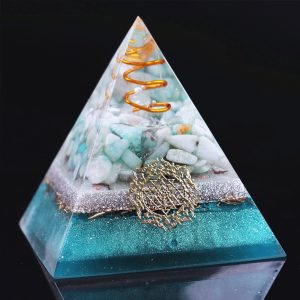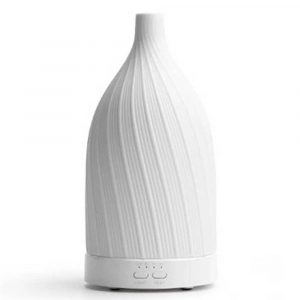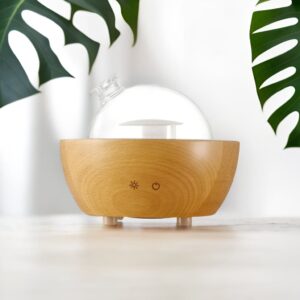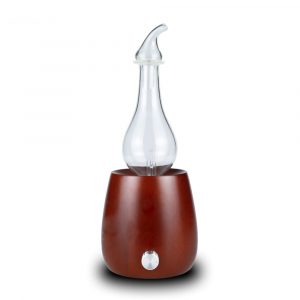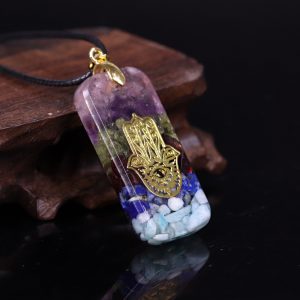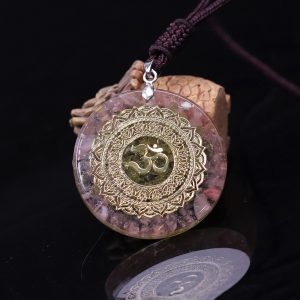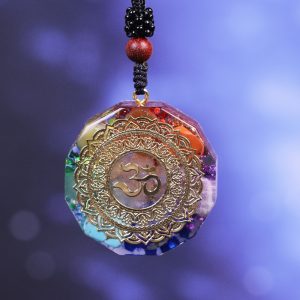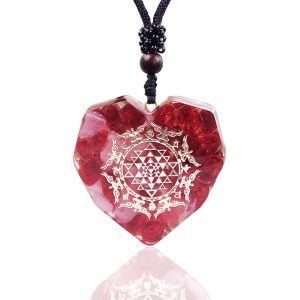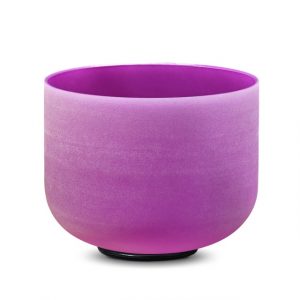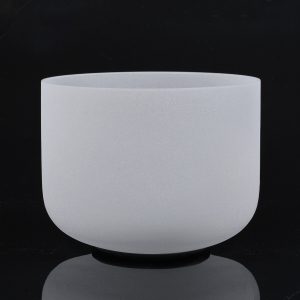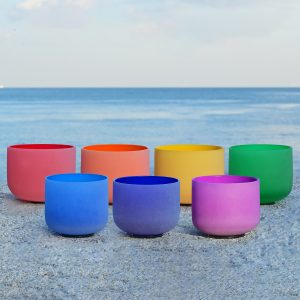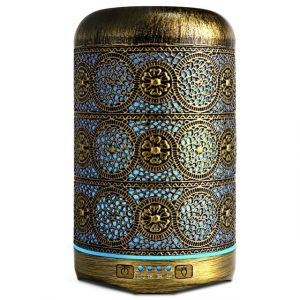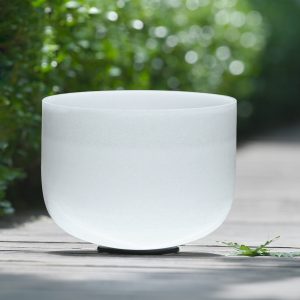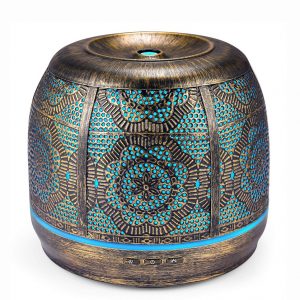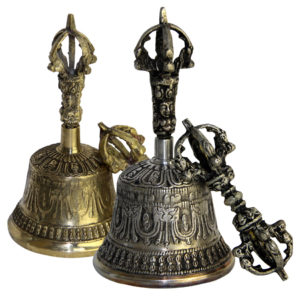In the realm of alternative healing practices, Reiki has been gaining significant attention and popularity. But what exactly is Reiki, and how does it work? Is it merely a New Age trend or a profound healing modality with tangible benefits? In this article, we aim to demystify Reiki by providing an overview of its principles, practices, and potential benefits.
In this exploration of Reiki, we will delve into its core principles, shed light on how it works, and examine the potential benefits it may offer. We will also provide an overview of a typical Reiki session, discussing what to expect and how it may positively impact the recipient. Furthermore, we will explore how Reiki can be integrated into daily life as a form of self-healing and self-care.
It is important to approach Reiki with an open mind, as its effects can vary from person to person. While some individuals may experience profound physical or emotional shifts during or after a Reiki session, others may simply find it to be a deeply relaxing and calming experience. By demystifying Reiki, we aim to offer you a clearer understanding of this ancient healing practice, enabling you to make an informed decision about whether it may be a beneficial addition to your wellness journey.
What is Reiki?
Reiki, originating from Japan, is a holistic healing technique that focuses on the transfer of energy through the hands. The word “Reiki” can be understood as the combination of two Japanese words: “Rei” and “Ki.” “Rei” translates to “universal” or “spiritual,” while “Ki” refers to the life force energy that flows within and around all living beings. Reiki practitioners believe that this life force energy, also known as Qi or Prana in other healing traditions, is essential for overall health and well-being.
At its core, Reiki seeks to restore balance and harmony within the body, mind, and spirit. It operates on the understanding that any imbalances or disruptions in the flow of energy can manifest as physical or emotional ailments. By channeling Reiki energy into the recipient’s body, the practitioner aims to remove blockages, promote the free flow of energy, and stimulate the body’s natural healing abilities.
Reiki is not tied to any specific religion or belief system. It is open to individuals of all backgrounds and is often referred to as a spiritual practice rather than a religious one. While Reiki does have its roots in ancient Japanese healing traditions, its teachings and practices have been adapted and integrated into various cultural contexts across the globe.
One of the key aspects of Reiki is the belief in the interconnectedness of all living beings. Practitioners understand that their role is not to impose their own energy onto the recipient but rather to act as a channel for the universal life force energy to flow. This allows the recipient’s own energy field to rebalance and restore itself naturally.
Reiki can be considered a gentle, non-invasive healing modality. Unlike some other therapeutic practices, Reiki does not involve physical manipulation or direct contact with the body. Instead, the practitioner places their hands lightly on or near specific areas of the recipient’s body, allowing the energy to flow where it is most needed. Some practitioners may work intuitively, guided by their perception of the energy field, while others follow a predetermined hand placement system.
- $23.49 – $81.99 Select options This product has multiple variants. The options may be chosen on the product page
- $23.49 – $46.49 Select options This product has multiple variants. The options may be chosen on the product page
- $27.49 – $57.99 Select options This product has multiple variants. The options may be chosen on the product page
- $29.49 – $103.99 Select options This product has multiple variants. The options may be chosen on the product page
How Does Reiki Work?
Reiki operates on the fundamental principle that everything in the universe is made up of energy. This energy, often referred to as life force energy or Qi, flows within and around our bodies, nourishing our physical, emotional, and spiritual well-being. When this energy becomes imbalanced or blocked, it can manifest as various physical or emotional ailments.
- Energy Flow: Reiki practitioners understand that energy flows through specific pathways within the body, known as meridians, chakras, or energy centers. These pathways are interconnected and influence one another. When the energy flow is disrupted or stagnant, it can lead to discomfort, illness, or emotional distress. Reiki seeks to restore the smooth flow of energy, promoting balance and overall well-being.
- The Role of the Reiki Practitioner: In a Reiki session, the practitioner serves as a channel for the universal life force energy. Through their focused intention and training, they are able to connect with this energy and direct it to the recipient. The practitioner’s hands act as conduits, allowing the energy to flow where it is most needed within the recipient’s energy field.
- Intention and Focus: One of the key aspects of Reiki is the power of intention and focus. The practitioner sets their intention to facilitate healing and support the recipient’s highest good. This intention, combined with the focused presence and mindfulness of the practitioner, enhances the effectiveness of the Reiki session.
It’s important to note that Reiki is a complementary healing modality and does not replace conventional medical treatment. Instead, it is often used as a supportive practice alongside other medical interventions. Reiki sessions can promote relaxation, reduce stress, and create a sense of overall well-being. Some recipients may experience sensations such as warmth, tingling, or deep relaxation during a session, while others may have more subtle or profound experiences.
Reiki is a versatile healing practice that can be applied to various aspects of life. It can be used to support physical healing, emotional well-being, personal growth, and spiritual development. Many people find Reiki to be a deeply calming and nurturing experience, allowing them to tap into their own innate healing abilities.
- Original price was: $83.99.$76.99Current price is: $76.99. Select options This product has multiple variants. The options may be chosen on the product page
- Original price was: $63.99.$58.49Current price is: $58.49. Select options This product has multiple variants. The options may be chosen on the product page
The Reiki Healing Process
A Reiki session is a unique and individualized experience, tailored to the recipient’s needs and intentions. It is important to remember that the healing process can vary from person to person, and each session may yield different outcomes. In this section, we will provide an overview of a typical Reiki session, discuss the potential benefits, and share insights into the experience of receiving Reiki.
Reiki Session Overview:
- Setting: A Reiki session often takes place in a quiet and serene environment, creating a safe and calming space for healing. The room may be softly lit, with soothing music playing in the background, and may include elements like candles, crystals, or essential oils to enhance the ambiance.
- Practitioner-Recipient Interaction: At the beginning of the session, the practitioner may engage in a brief conversation with the recipient to understand their specific needs, intentions, or areas of concern. This dialogue helps establish trust and ensures the session is personalized to address the recipient’s unique circumstances.
- Hand Positions: The practitioner will use a series of hand positions, either lightly placing their hands on or hovering them slightly above specific areas of the recipient’s body. These hand positions correspond to the chakras or energy centers within the body, promoting energy flow and balance.
- Energy Transfer: The practitioner serves as a conduit for Reiki energy, allowing it to flow through their hands and into the recipient’s energy field. The energy is believed to intuitively travel to where it is most needed, facilitating the release of blockages, restoring balance, and promoting self-healing.
- Session Duration: A Reiki session typically lasts between 60 to 90 minutes, although the duration may vary based on individual preferences and practitioner guidelines.
Benefits of Reiki:
- Deep Relaxation: Many recipients of Reiki report experiencing deep relaxation during a session. The gentle touch and the calming nature of Reiki can induce a state of relaxation, easing tension and stress.
- Stress Reduction: Reiki can help reduce stress and promote a sense of inner peace. It allows the recipient to let go of physical and emotional tension, creating space for healing and well-being.
- Emotional Healing: Reiki can support emotional healing by providing a nurturing and safe space for processing emotions. It can help release emotional blockages, foster self-awareness, and promote emotional balance.
- Physical Well-being: While Reiki is not a substitute for medical treatment, it may complement conventional approaches to healing. Some individuals report experiencing pain relief, improved sleep, and overall physical comfort after receiving Reiki.
Recipient Experiences:
- Sensations and Experiences: During a Reiki session, recipients may experience various sensations, such as warmth, tingling, or a gentle energy flow. Some individuals may feel deeply relaxed, while others may have emotional releases or profound insights. Each experience is unique to the individual.
- Emotional Responses: It is not uncommon for recipients to experience emotional responses during or after a Reiki session. This can range from feelings of peace and joy to moments of release or reflection. It is important to honor and allow these emotions to flow naturally.
Reiki is a complementary healing modality that supports the recipient’s overall well-being. It is a gentle and non-invasive practice that can be received by individuals of all ages and conditions. As with any holistic approach, consistency and open-mindedness may enhance the benefits of Reiki.
- $18.99 – $19.49 Select options This product has multiple variants. The options may be chosen on the product page
Integrating Reiki into Daily Life
Reiki is not limited to formal sessions with a practitioner; it is a versatile healing modality that can be integrated into daily life for self-care and overall well-being. By incorporating Reiki practices into your routine, you can nurture your energy, promote balance, and cultivate a greater sense of connection with yourself and the world around you. In this section, we will explore practical ways to incorporate Reiki into your daily life.
1. Self-Reiki Techniques:
- Self-Treatment: Reiki can be practiced on yourself, allowing you to tap into the healing energy whenever you need it. Set aside a few moments each day to practice self-treatment by placing your hands on or near various parts of your body. Trust your intuition to guide you to the areas that need attention.
- Hand Positions: Experiment with different hand positions, such as placing your hands on your head, heart, or abdomen. You can also explore placing your hands on areas that feel tense or in need of healing. Allow the Reiki energy to flow through your hands, promoting relaxation and balance.
- Intentions and Affirmations: As you practice self-Reiki, set clear intentions for your healing process. You can also use affirmations or positive statements to enhance your experience. Repeat affirmations silently or aloud, focusing on the intention of healing and well-being.
2. Creating a Sacred Space:
- Designate a Space: Dedicate a specific area in your home as a sacred space for your Reiki practice. This can be a small corner, a room, or even a specific piece of furniture. Fill this space with items that inspire a sense of calm and tranquility, such as candles, crystals, plants, or meaningful objects.
- Cleansing Rituals: Before practicing Reiki or engaging in self-care, cleanse your space energetically. This can be done through methods like smudging with sage or palo santo, using sound therapy with bells or singing bowls, or simply visualizing a white light cleansing the space.
- Mindful Practices: Use your sacred space for other mindful practices that support your well-being, such as meditation, journaling, or gentle stretching. Incorporate these practices alongside your Reiki sessions to create a holistic self-care routine.
3. Reiki in Daily Activities:
- Infuse Energy: Infuse Reiki energy into your daily activities. As you prepare meals, fold laundry, or engage in creative pursuits, visualize the energy flowing through your hands and infusing love and healing into everything you touch.
- Mindful Moments: Take mindful moments throughout the day to reconnect with your energy and the present moment. Pause, close your eyes, take a few deep breaths, and allow Reiki energy to flow through your body, grounding and centering you.
- Intentional Interactions: Before engaging in conversations or interactions with others, set the intention to be present, compassionate, and supportive. Allow Reiki energy to flow through you, fostering harmonious connections and healing exchanges.
Integrating Reiki into daily life is a personal journey. Explore what resonates with you and adapt these practices to fit your lifestyle and needs. By incorporating Reiki into your daily routine, you can cultivate a deeper connection with yourself, promote balance and well-being, and invite healing energy into every aspect of your life.
- Original price was: $236.49.$216.49Current price is: $216.49. Select options This product has multiple variants. The options may be chosen on the product page
- Original price was: $101.99.$92.99Current price is: $92.99. Select options This product has multiple variants. The options may be chosen on the product page
- Original price was: $77.49.$70.49Current price is: $70.49. Select options This product has multiple variants. The options may be chosen on the product page
- Original price was: $61.49.$56.49Current price is: $56.49. Select options This product has multiple variants. The options may be chosen on the product page
Here are three frequently asked questions about Reiki:
1. Can Reiki heal physical ailments?
Reiki is not a substitute for medical treatment, but it can complement conventional approaches to healing. While individual experiences vary, many people report positive effects on physical well-being, such as pain reduction, improved sleep, and a greater sense of comfort and relaxation.
2. Can I learn Reiki and practice it on others?
Yes, Reiki can be learned and practiced by anyone interested in energy healing. There are various levels of Reiki training, starting from Level 1, where you learn self-healing techniques, to advanced levels where you can practice on others and become a certified Reiki practitioner.
3. Is Reiki compatible with other spiritual or religious beliefs?
Absolutely. Reiki is not tied to any specific religion and can be practiced by individuals of diverse spiritual or religious backgrounds. It is a universal healing modality that respects and honors the individual’s beliefs and promotes well-being.
Product Recommendations:
- Reiki Crystals and Stones: Incorporate the healing properties of crystals into your Reiki practice. Crystals like clear quartz, amethyst, and rose quartz can enhance the energy flow and support specific intentions during Reiki sessions.
- Reiki Music and Meditation CDs: Explore soothing music or guided meditation specifically designed for Reiki practice. These CDs can create a serene ambiance during sessions or aid in your personal meditation and self-care practices.
- Reiki Books and Online Courses: Deepen your knowledge and skills with Reiki books and online courses. Look for reputable resources that provide comprehensive information on Reiki techniques, hand positions, and practical guidance for self-healing and practicing on others.
In conclusion, Reiki offers a holistic approach to healing and well-being by harnessing the universal life force energy. Through a Reiki session, practitioners act as channels for this energy, promoting balance, relaxation, and self-healing. By demystifying Reiki and understanding its principles and practices, you can explore the potential benefits it offers and how it can be integrated into your daily life. May your exploration of Reiki bring you balance, healing, and a deeper connection with the universal life force energy.

